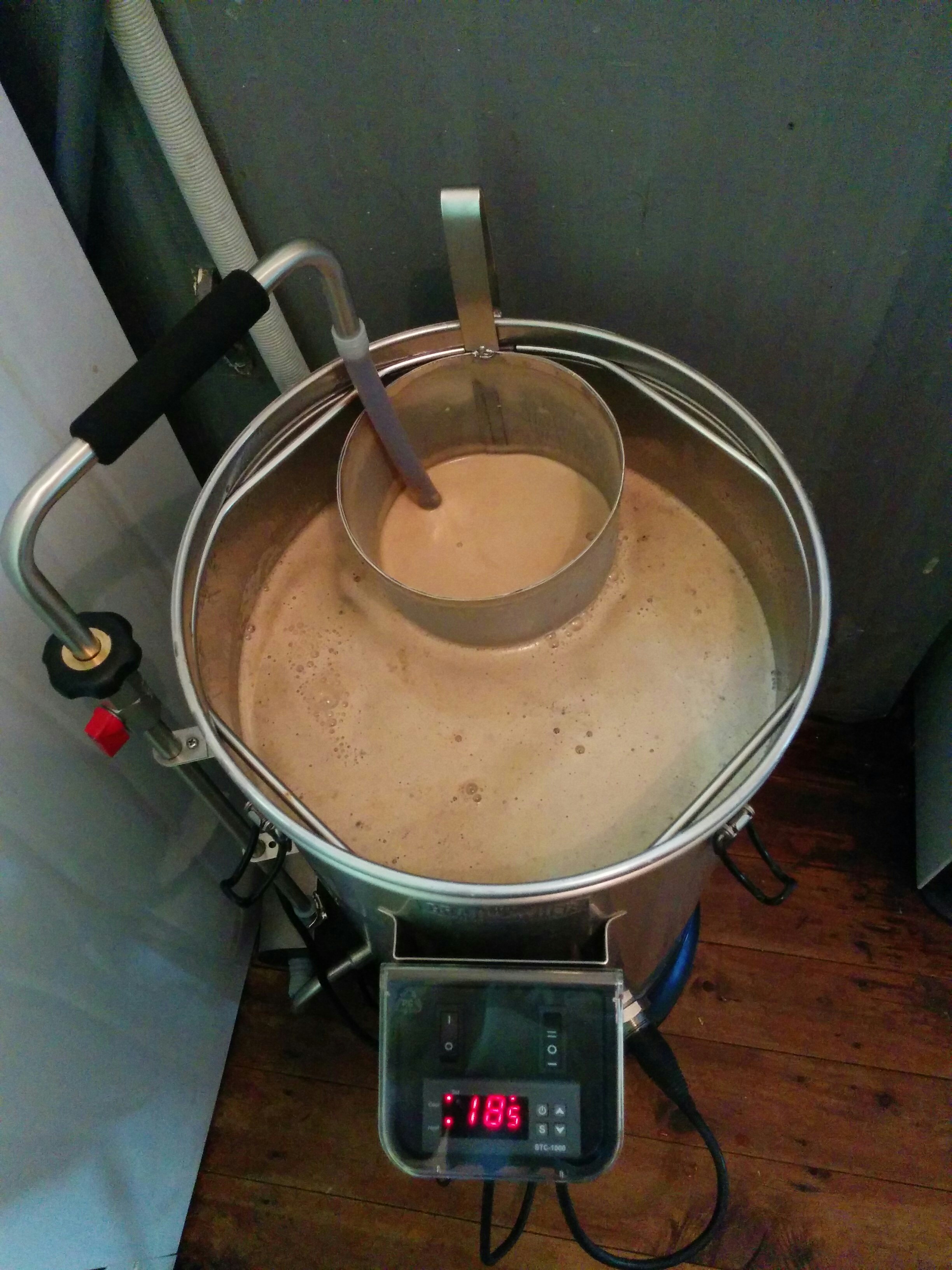alphaomega
Well-Known Member
- Joined
- Jul 10, 2013
- Messages
- 1,041
- Reaction score
- 461
@Halfsack32: EE (plus a nice deafening beep) indicates sensor error if I'm not mistaken. That does not really say that the sensor is broken, but that the controller does not 'see' it correctly.
Make sure you screw in the leads in the right terminal and that the connection is good. Also make sure you have the right sensors. Try another STC if you can, it might be the controller that is wonky (that is, not the sensors).
SSR to power the thing? Don't know what you mean by that...
Cheers!
Make sure you screw in the leads in the right terminal and that the connection is good. Also make sure you have the right sensors. Try another STC if you can, it might be the controller that is wonky (that is, not the sensors).
SSR to power the thing? Don't know what you mean by that...
Cheers!




































![Craft A Brew - Safale BE-256 Yeast - Fermentis - Belgian Ale Dry Yeast - For Belgian & Strong Ales - Ingredients for Home Brewing - Beer Making Supplies - [3 Pack]](https://m.media-amazon.com/images/I/51bcKEwQmWL._SL500_.jpg)

































